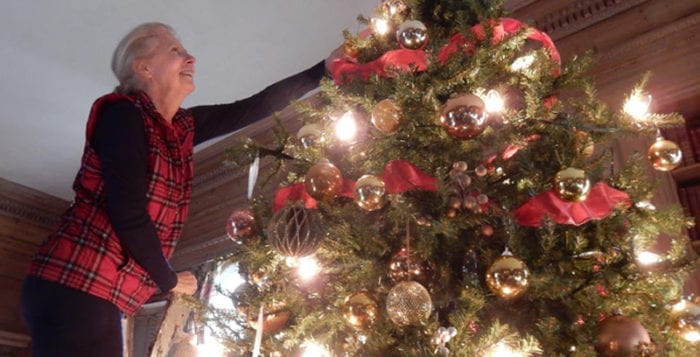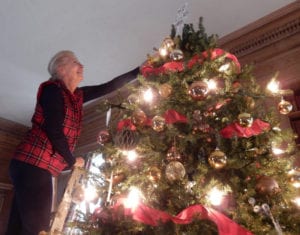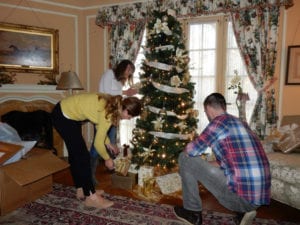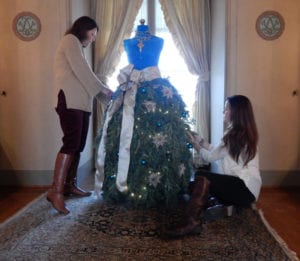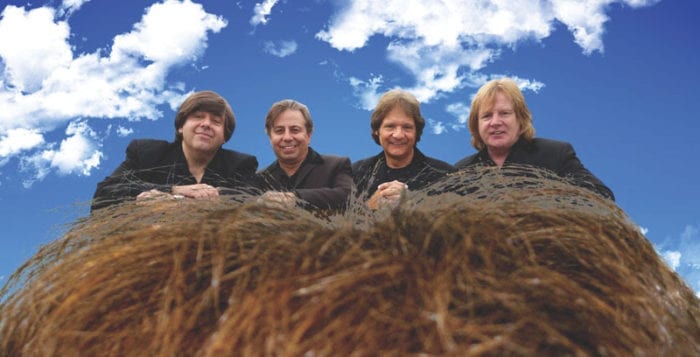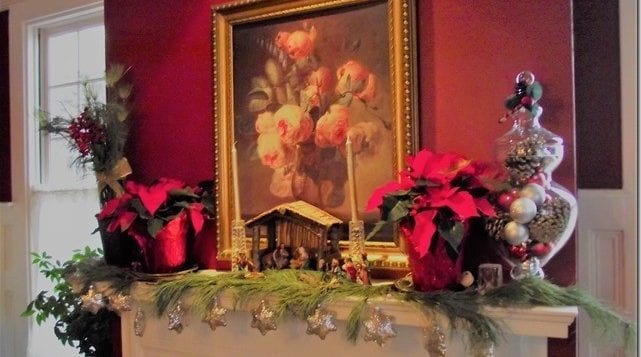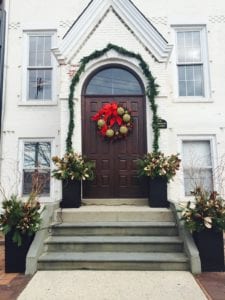By Daniel Dunaief
The Museum of Natural History in New York City features a slice of a 1,400-year-old sequoia tree that was cut down in California in 1891. The cross section of the tree offers a testament to history on its inside. That’s where the tree rings that grow every year mark the passing of another year. As it turns out, humans have something in common with trees. While people may not have rings in bones that an observer can see, they do have age-related changes in their genetic material, or DNA.
Human genes go through a process called methylation in which a methyl group comprised of a carbon and three hydrogens attaches to DNA. Methylation upstream of a gene generally reduces transcription, or the copying of that gene into messenger RNA that can then begin the process of building proteins.
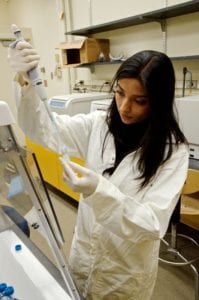
Using broad time-based methylation changes, Shyamalika Gopalan, who is earning her doctorate at Stony Brook University in the Department of Ecology and Evolution, recently received a three-year grant from the Department of Justice to refine an understanding of methylation and aging. The DOJ would like to use this kind of analysis to gather more information from a scene at which the remaining clues include DNA that isn’t in one of its databases.
Gopalan isn’t the first scientist to study genetic methylation and aging. Other scientists have used blood, saliva and other tissues. She is starting with one type of tissue in the bone. “I’m trying to make” the analysis “more specific to bones,” she said. She doesn’t know how much variation she will find in the age-related methylation patterns depending on ethnicity and lifestyle. “It does appear that some sites are remarkably ‘clock-like,’” she said. “It is these types of sites I’m hoping to find and use in my research.”
Gopalan explained that millions of sites can be methylated. She’s hoping to hone in on those that act more like a clock and that change in a linear manner with time. She’s not sure how many sites she’ll use and said some changes in methylation involve removing methyl groups. “Some methylation increases and some decreases,” she said. “If you know the pattern with age at any site, you can start to build an estimate from those.”
Methylation occurs with age for several possible reasons. “A major theory for these changes in methylation level with age is that the epigenetic patterns are drifting from the optimum,” she said. “This may explain some, or even most, of the changes we observe, but I don’t think it is universally true for all sites in the genome.” Still, there probably is a biologically relevant reason why some of these sites are changing, she suggested.
Gopalan said we know that these methylation patterns are crucial in early development, from conception to birth and she suggested it probably doesn’t completely stop changing there. Some sites are probably regulated throughout life.
Gopalan is hoping to have the bone data prepared by this summer and then believes she’ll be able to get methylation types and start working on a computer algorithm to build a predictor for the next year. After her initial work, she will also shift to saliva and blood.
Like a scene from “Law & Order” or other crime shows, the DNA methylation test may be another clue for police officers or prosecutors to use to rule in or out potential suspects from a crime scene where DNA, but not a driver’s license, is left behind. If the genetic material is not in a database, “you could build a profile and it could be useful for narrowing down suspects,” Gopalan said. At this point, she is taking data for people of age classes but with different ethnicities and lifestyles and comparing them to people of a different age with a similar range of backgrounds and lifestyles.
Gopalan is using samples from medical schools around the New York area, borrowing from anatomy departments where people have donated their bodies to research or teaching. More broadly, she is interested in studying diverse populations, especially in Africa. She has worked with her thesis advisor Brenna Henn, exploring methylation from two different populations. These are the ‡Khomani San of South Africa and the Baka of Cameroon.
Gopalan was interested in working with methylation as a biomarker for aging when she came across this funding opportunity from the DOJ. “It was a good fit for what I had already been studying,” she said, adding that she hopes this method will be used in the future in forensics to assist in criminal investigations.
Krishna Veeramah, an assistant professor of primate genomics at Stony Brook and the chair of her thesis committee, described Gopalan as an “intellectually engaged student who is always eager to absorb information.” Veeramah explained in an email that he thinks “there is scope for this work to transition from basic research” to an application “in criminal forensics and related areas. It will certainly require more work and testing.”
Gopalan has been at SBU for over three years. She lives in Crown Heights, Brooklyn, and commutes about 90 minutes each way most days. She enjoys the beaches, farms, apple picking and the natural beauty of the area. Gopalan would like to continue to perform research after she earns her doctorate, whether that’s with a company, a research institution or with a university. She is excited about extracting and working with DNA, particularly from archeological sites. These samples “come from a field and, once you dust them off, it makes it personal. This is a part of a story.”

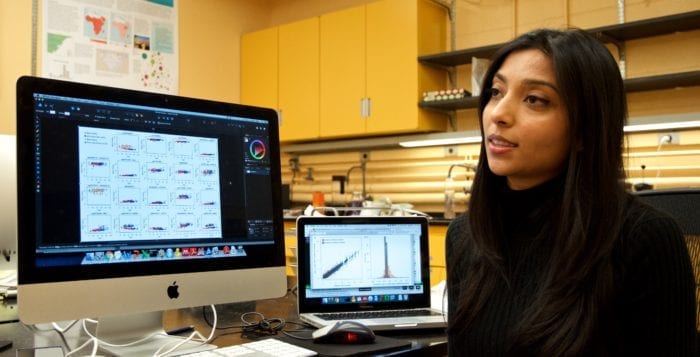
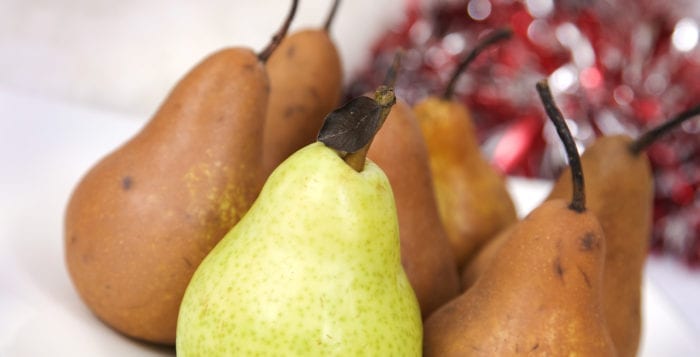
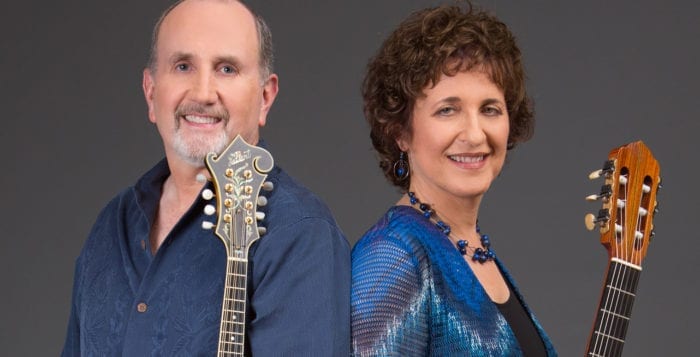
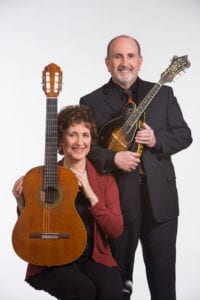 On Sunday, Dec. 11 at 2 p.m., Le Petit Salon de Musique, 380 Nicolls Road, Stony Brook will welcome the exotic classical guitar and mandolin duo of Judy Handler and Mark Levesque in concert.
On Sunday, Dec. 11 at 2 p.m., Le Petit Salon de Musique, 380 Nicolls Road, Stony Brook will welcome the exotic classical guitar and mandolin duo of Judy Handler and Mark Levesque in concert.
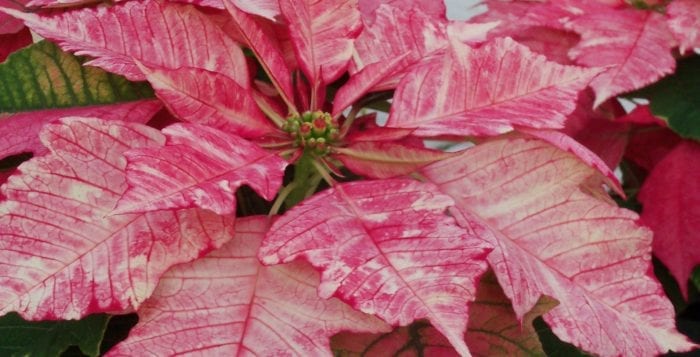
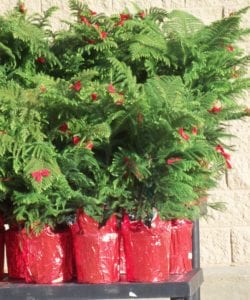
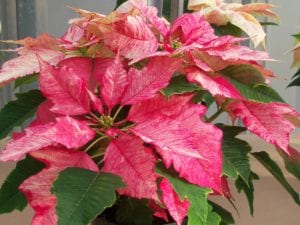
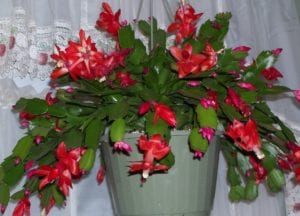
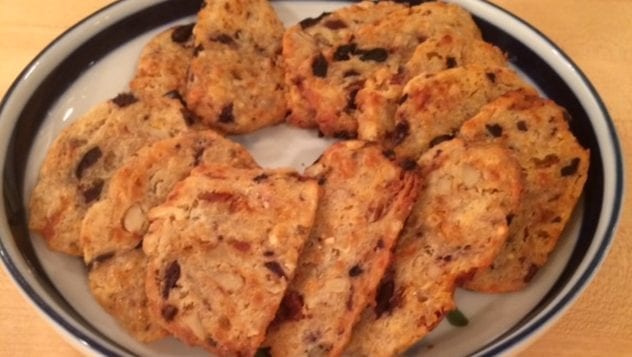
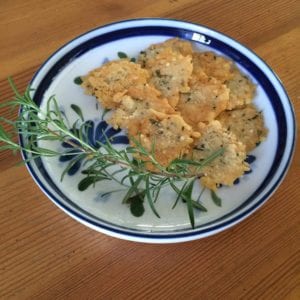 YIELD: 2 1/2 dozen wafers
YIELD: 2 1/2 dozen wafers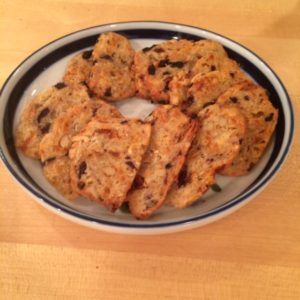 YIELD: 3 1/2 dozen biscotti
YIELD: 3 1/2 dozen biscotti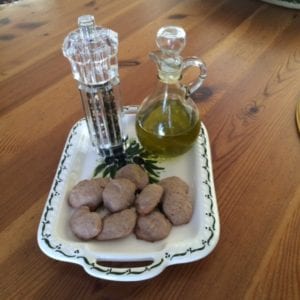 YIELD: 4 to 5 dozen cookies
YIELD: 4 to 5 dozen cookies

